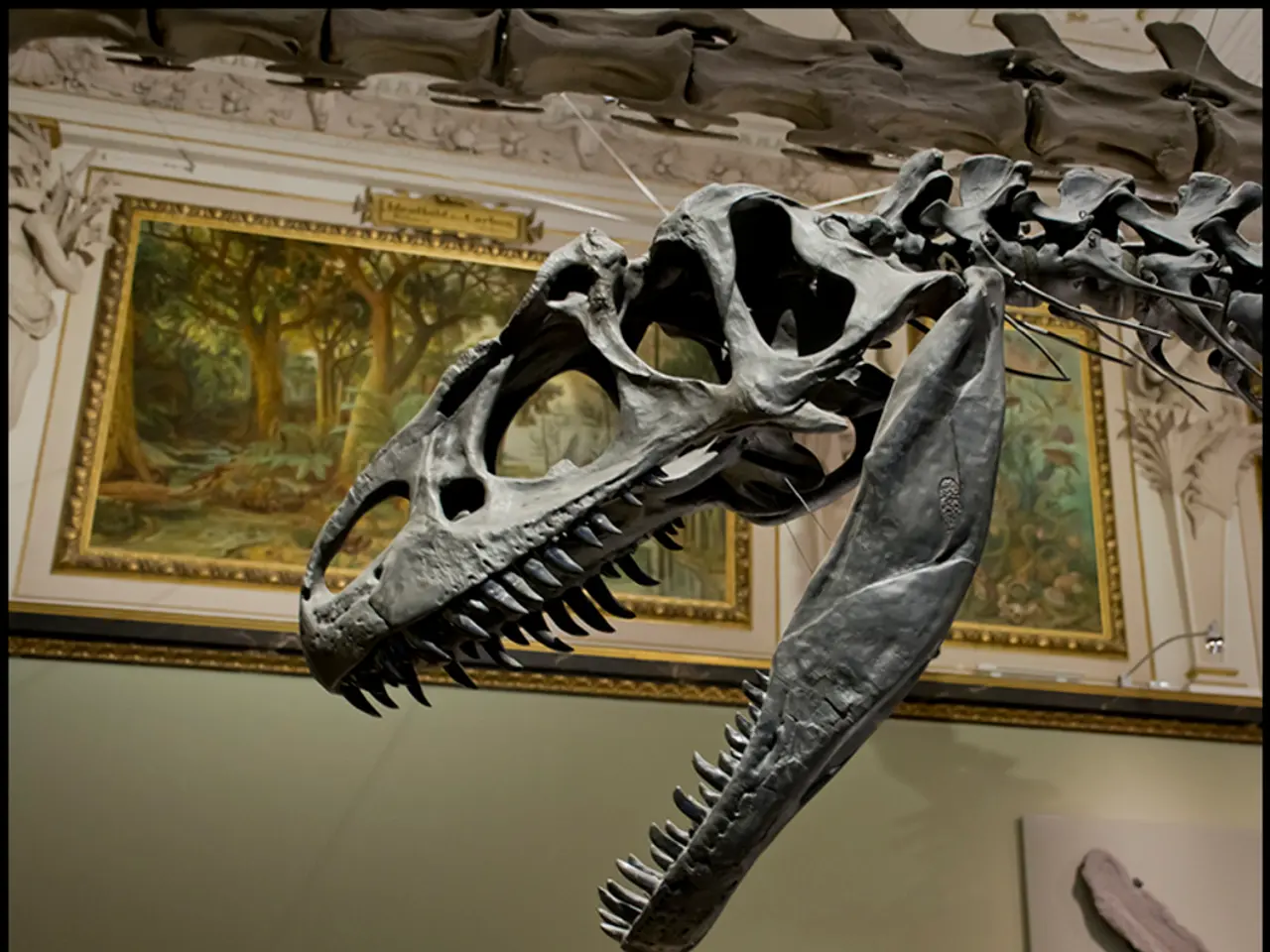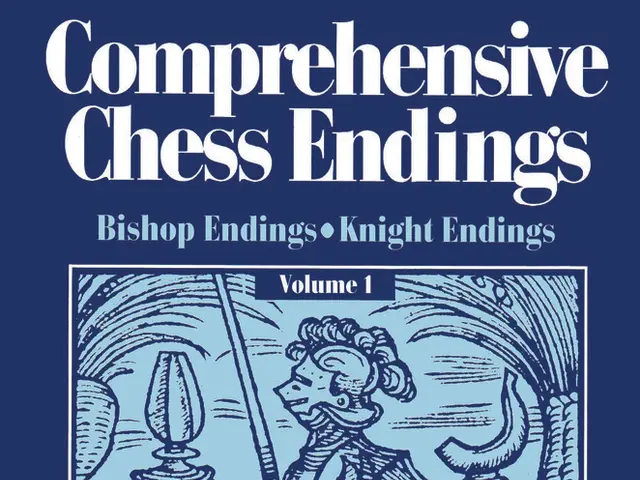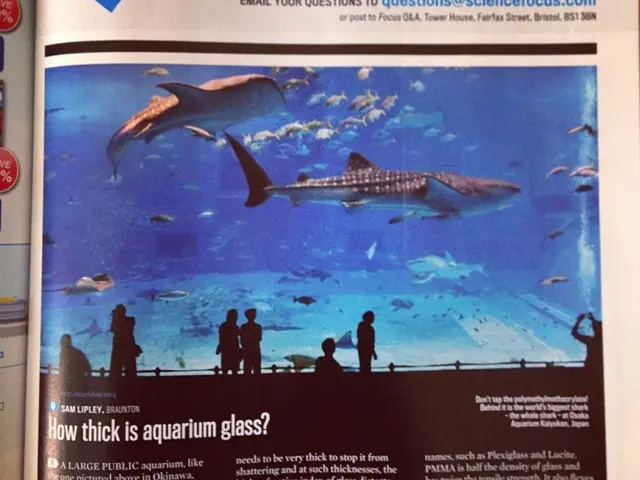Child Unearths 69-Million-Year-Old Dinosaur Remains During Family Stroll in Alberta
In a remarkable discovery that could reshape our understanding of the ancient past, a 12-year-old boy named Nathan Hrushkin has unearthed a 69-million-year-old juvenile hadrosaur fossil while hiking with his father in Alberta, Canada.
The bones were carefully removed and transported to the museum lab for further analysis, wrapped in protective jackets made of burlap and plaster. The Royal Tyrrell Museum and the Nature Conservancy of Canada, who excavated the site after Nathan's initial discovery, uncovered between 30 and 50 additional bones from the same dinosaur.
The specific geological layer where the discovery occurred dates back 69 million years, increasing its scientific value. The Horseshoe Canyon area, where Nathan Hrushkin discovered the fossil, is known for being studied for years, but fossils from this specific geological layer are extremely rare.
The fossil discovery was first reported by CBC News, and the Royal Tyrrell Museum has since confirmed it as a significant contribution to scientific knowledge. Hadrosaurs, also known as "duck-billed" dinosaurs, were common in Alberta during the late Cretaceous period. According to Francois Therrien, a paleontologist from the Royal Tyrrell Museum, hadrosaurs were as common in Alberta in the late Cretaceous period as deer are today.
Nathan's discovery offers insights into the growth and development of these dinosaurs during the late Cretaceous period. Juvenile fossils like Nathan's find are not often found, making it an important piece of the puzzle in understanding the ecosystem of the late Cretaceous period.
The discovery fills a crucial gap in the fossil record from the late Cretaceous period. Dion Hrushkin, Nathan's father, views the discovery as a testament to years of exploration and curiosity, and hopes that their ongoing exploration will lead to even greater discoveries.
Nathan’s find enriches the scientific understanding of hadrosaur development and underscores the value of community and youth involvement in paleontology. It also reinforces Alberta's significance as a key site for dinosaur research.
The discovery serves as an inspiring example of youth involvement in science and encourages more young enthusiasts to participate in fieldwork or fossil hunting, potentially leading to new discoveries and a broader interest in natural history.
Read also:
- Grassroots Organizations Unite to Amplify Understanding and Prevention of HIV
- Boosting Brain Flexibility and Learning Potential through Citicoline
- Investigating the $5 million sale of Earth's largest Mars rock: what Niger is probing into
- Vietnam's EPR law could potentially transform packaging industry: Is Vietnam's Extended Producer Responsibility (EPR) legislation poised to initiate a packaging revolution?








